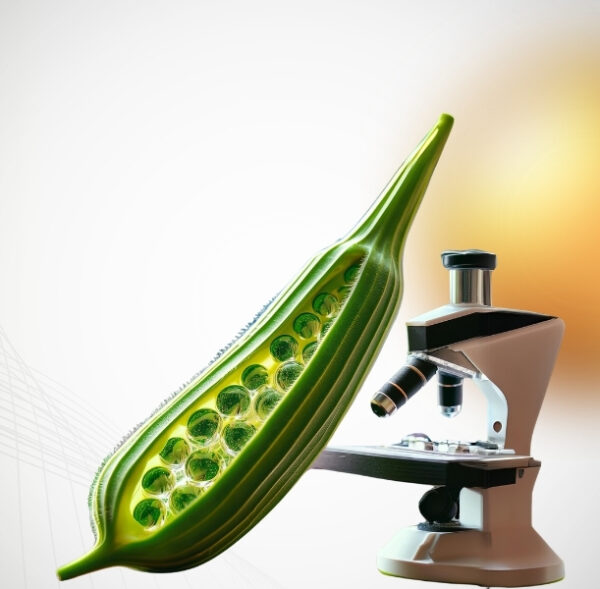Type Of Anesthesia
Processing Time
Discharge Time
Activity Start

What is an Undescended Testis?
An undescended testis is a condition where the testis, which normally develops inside the abdomen during pregnancy and descends into the scrotum before birth, fails to complete this descent. Instead, it remains in the abdomen or the inguinal canal. Normally, the testes move from the abdominal cavity to the scrotum by the seventh month of pregnancy due to the effect of the testosterone hormone. However, in some cases, this descent is incomplete, and the testis does not reach the scrotum.
While undescended testis usually affects only one side, it can sometimes be bilateral. This condition is congenital in male infants and requires treatment. A testis located outside the scrotum is away from the optimal temperature environment, potentially affecting sperm production and fertility. Additionally, an undescended testis can increase the risk of developing cancer.
How is it Diagnosed?
During an examination, if the testis is not in the scrotum, it may be found in the inguinal canal or sometimes not palpable at all. In such cases, imaging methods like ultrasound or laparoscopy are used to determine the testis’s position in the abdomen. The testis can be brought down to the scrotum, or if the testis is necrotic, the necrotic tissue is removed.
In summary, undescended testis is classified into palpable and non-palpable categories. Palpable undescended testes can undergo surgical intervention (inguinal orchiopexy) to move the testis to the scrotum. For non-palpable testes, laparoscopy or open surgery is performed, and depending on the testis’s condition, it is either moved to the scrotum (if viable) or removed (if necrotic).
What is a Retractile Testis? Should it be Operated On?
A retractile testis is one that has descended into the scrotum but can be pulled back into the inguinal canal or abdomen under certain conditions. This can occur in cold weather or when the child is tense or excited. The testis usually functions normally and is often painless.
Retractile testis often resolves spontaneously by puberty and generally does not require treatment. However, if the testis remains in the inguinal canal, it may hinder normal growth or lead to torsion of the spermatic cord. In such cases, surgical intervention may be necessary.
Surgery is considered when the testis frequently or persistently stays in the inguinal canal, potentially affecting its growth and development, or if there is a risk of serious complications like spermatic cord torsion. Surgical methods are used to bring the testis to the scrotum in such situations.
Symptoms of Undescended Testis
Undescended testis refers to testes that do not descend into the scrotum or do not fully descend during normal development. This condition is typically noticed after birth or in early childhood. It may present with obvious symptoms or be detected incidentally during routine examination or for another reason.
Symptoms include the absence of one or both testes in the scrotum, or the scrotum appearing smaller than normal. The undescended testis may be palpable within the scrotum or the inguinal canal. However, sometimes the testis may be in the abdomen and cannot be felt by hand.
Additionally, undescended testes may result in underdevelopment of the scrotum due to incomplete normal development, causing the scrotum to appear smaller or underdeveloped.
Early diagnosis and treatment are important for undescended testis detected by parents or pediatricians during routine examinations. If left untreated, undescended testis can lead to fertility issues or increased cancer risk in the future. Therefore, upon diagnosis, it is crucial for the child to be evaluated by a specialist and the necessary treatment planned.
Effects of Undescended Testis
Undescended testis can have several effects:
- Fertility Issues: Undescended testis can lead to fertility problems later in life. Proper sperm production and development require the testes to be in the scrotum, and this process can be disrupted in undescended testes.
- Testis Cancer Risk: Men with undescended testis have a higher risk of developing testis cancer compared to the general population. The failure of the testes to descend may trigger pathological processes that promote cancer development.
- Scrotal Development Issues: Undescended testis can hinder normal scrotal development or cause developmental delays, leading to abnormal scrotal size or appearance.
- Esthetic and Psychological Effects: Abnormal scrotal appearance or unilateral small scrotum can cause esthetic concerns and psychological effects during adolescence.
- Other Health Issues: Undescended testes can also predispose individuals to inguinal hernias and emergencies like torsion, requiring immediate surgical intervention.
When Should Treatment for Undescended Testis be Done?
Undescended testis is commonly diagnosed in male infants within the first six months after birth. The failure of the testes to descend into the scrotum can lead to infertility and an increased risk of testis cancer. Therefore, treatment for undescended testis should be carried out as soon as possible once diagnosed. Surgical intervention typically involves bringing the testis down to the scrotum. If the testis cannot be brought down or is necrotic, surgical removal is necessary. Early treatment is essential to preserve normal testicular function and reproductive potential. Hence, upon diagnosing undescended testis in infants, a timely surgical intervention decision should be made by the family and the doctor.








